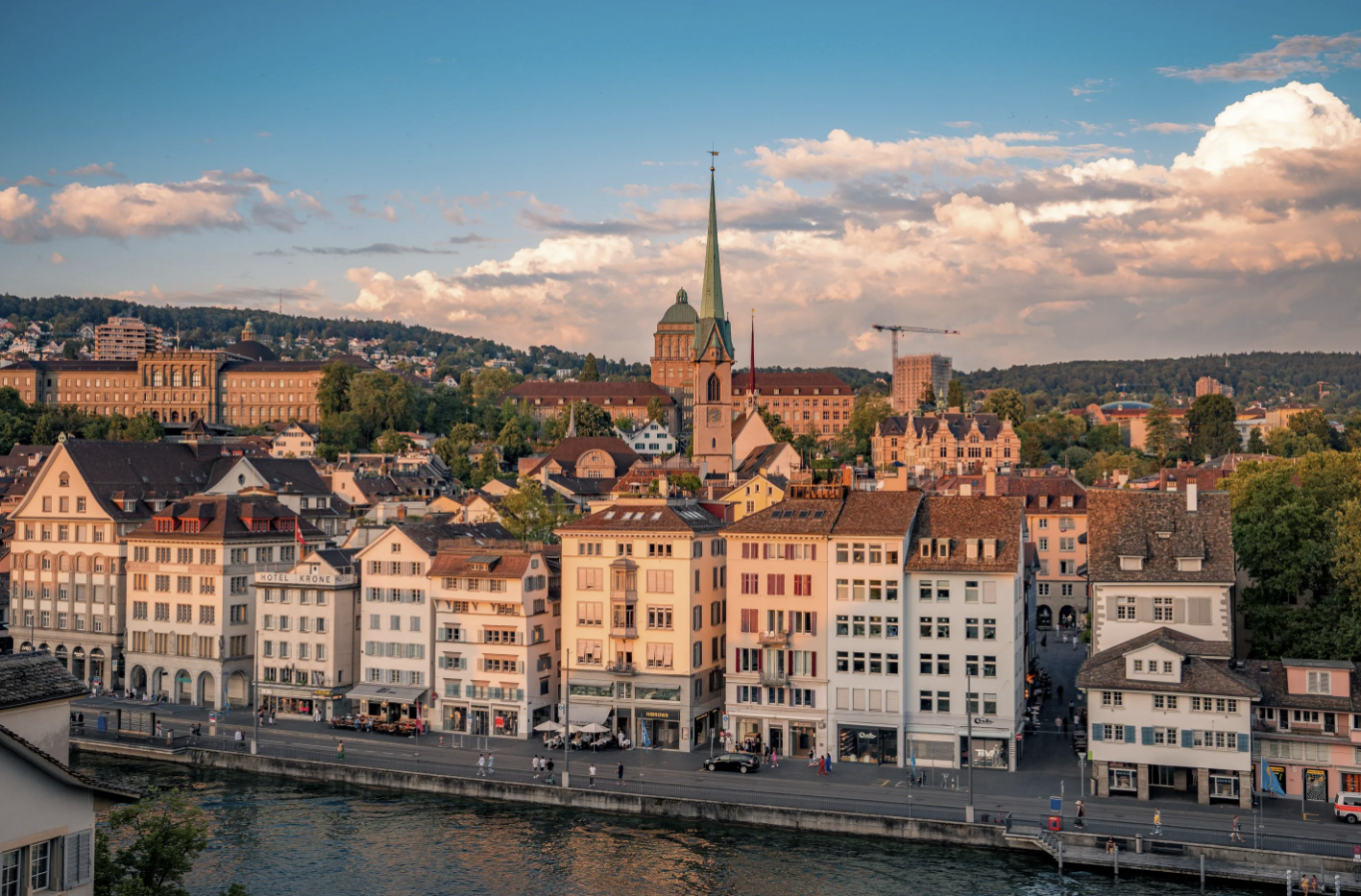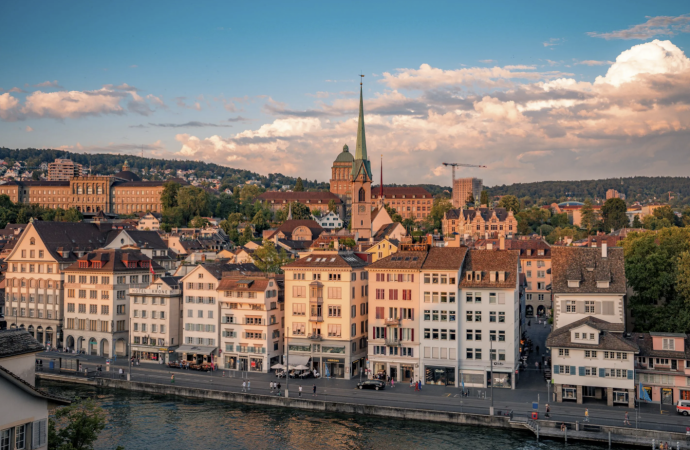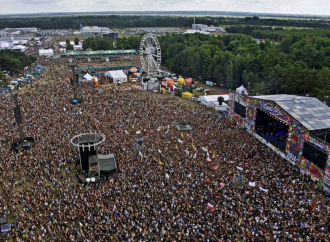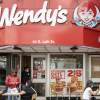If you’re wondering which cities have the highest cost of living, the Cost of Living Index offers a clear picture by comparing everyday expenses like groceries, dining, transportation, and utilities across major urban centers. The index sets New York City at a value of 100, so a city with a score of 120 is 20%

If you’re wondering which cities have the highest cost of living, the Cost of Living Index offers a clear picture by comparing everyday expenses like groceries, dining, transportation, and utilities across major urban centers. The index sets New York City at a value of 100, so a city with a score of 120 is 20% more expensive, while one with a score of 80 is 20% cheaper. However, it’s important to note that housing costs, such as rent and mortgage payments, are not factored into this index. Below, we explore the 15 most expensive cities in 2025, where the cost of living—without considering accommodation—can be surprisingly high. If you’re planning to visit or move, you’ll want to prepare and budget carefully.
- San Diego, CA, United States (Index 77.9)
Known as “America’s Finest City,” San Diego boasts beautiful weather, scenic beaches, and a thriving biotech industry. While smaller than Los Angeles, the city has higher costs for groceries and transportation than other parts of the U.S. San Diego’s research and military presence contribute to higher salaries, which in turn drive up the prices of local goods and services. Waterfront dining and popular tourist spots also contribute to the city’s steep prices. The city’s vibrant cultural scene and trendy craft breweries add to its appeal. - London, United Kingdom (Index 77.9)
As a global financial and cultural hub, London draws millions of tourists while housing major international banks and media companies. The constant demand for limited resources leads to higher everyday costs, from public transport to meals. High taxes on imports and a steady influx of newcomers keep prices elevated across the city. London’s iconic landmarks, such as the Tower of London and Buckingham Palace, sit alongside modern skyscrapers, creating a striking blend of history and progress. - Washington, DC, United States (Index 78.7)
Washington, DC is home to many lobbyists, consultants, and government professionals, which drives up local prices, particularly in dining, groceries, and specialized retail. Upscale neighborhoods like Georgetown and Dupont Circle feature high-end boutiques and gourmet restaurants that cater to an affluent population. The city’s historical monuments and museums draw in tourists, while its political landscape fuels the economy with jobs in federal agencies and think tanks. - Seattle, WA, United States (Index 78.9)
Famous for its coffee culture, rainy weather, and tech giants like Amazon and Microsoft, Seattle attracts skilled professionals. Although not as large as New York or Los Angeles, Seattle’s living expenses are on par with those pricier cities. A booming tech sector drives up wages, which in turn increases the cost of goods and services. Due to its distance from major agricultural regions, grocery transport costs are also higher. Seattle’s blend of outdoor adventure and urban growth makes it a city that’s always evolving. - Singapore (Index 79.1)
Singapore, a global financial powerhouse and one of the busiest ports in the world, is known for its cleanliness, efficiency, and safety. Strict import policies, especially on cars and consumer goods, push up the cost of living. With limited land for development, high wages in finance and tech sectors also increase everyday costs. Despite its small size, Singapore features a stunning skyline, futuristic gardens, and top-notch infrastructure, attracting expats and high-net-worth individuals. - Boston, MA, United States (Index 83.7)
Boston is home to prestigious universities like Harvard and MIT, drawing students and professionals alike. While the city’s academic and biotech sectors offer high salaries, they also contribute to higher living expenses. The region’s demand for education and healthcare services drives up wages and costs for goods and services. Dining near universities and in downtown Boston can be particularly expensive. The city’s rich American history is blended with a modern, tech-savvy atmosphere. - Reykjavik, Iceland (Index 83.7)
Iceland’s capital, Reykjavik, is known for its stunning landscapes and geothermal wonders. However, its remote location means high import fees, pushing up the prices of many products. Limited local agriculture and a small population increase the cost of groceries and dining. Despite its size, Reykjavik boasts a lively arts scene, with music festivals and literary events, and offers easy access to Iceland’s natural attractions, like the Blue Lagoon and volcanic landscapes. - Honolulu, HI, United States (Index 86.9)
Honolulu, the gateway to Hawaii, is a popular tourist destination, but its remote location means higher costs for everyday goods, from milk to building materials, which are shipped from the mainland. The high demand from tourism also drives up prices for both locals and businesses. Beyond its famous beaches, Honolulu offers a rich cultural heritage, a strong military presence at Pearl Harbor, and a growing local food movement. - San Francisco, CA, United States (Index 90.5)
San Francisco, located in the heart of the Bay Area, is known for its tech-driven economy. The city’s proximity to Silicon Valley and a tight housing market push up the costs of basic goods and services. Whether it’s a cup of coffee or a car repair, residents often face inflated prices. Tourists flock to landmarks like the Golden Gate Bridge and historic cable cars, while professionals navigate the city’s dynamic startup scene and venture capital market. - Bern, Switzerland (Index 95.0)
Switzerland’s capital, Bern, is a beautiful city with a rich medieval history. The strong Swiss franc and a solid economy mean higher prices for everyday essentials, including groceries and public transport. Wages in government and finance sectors also push up local costs. Bern’s picturesque clock tower and charming cobblestone streets offer a unique mix of tradition and modern commerce. - Basel, Switzerland (Index 98.0)
Basel, located on the Rhine River near the borders of France and Germany, is home to a thriving pharmaceutical industry. The wealth generated by major pharmaceutical and chemical companies raises the cost of living, particularly in housing, dining, and cultural attractions. Taxes on luxury items also contribute to the city’s high prices. Basel’s vibrant art scene and international flair make it an exciting place to live, though residents often cross borders for cheaper shopping. - New York, NY, United States (Index 100.0)
New York City serves as the baseline for the Cost of Living Index, offering endless dining, entertainment, and cultural experiences, but at a steep price. High demand from both residents and tourists inflates the cost of living, with shops, restaurants, and attractions operating at premium rates. Whether you’re in the hustle and bustle of Manhattan or enjoying the laid-back vibe of Brooklyn, NYC’s diverse neighborhoods and global appeal come with a hefty price tag. - Geneva, Switzerland (Index 100.7)
Geneva, known for its peaceful atmosphere and location by Lake Geneva, is home to many international organizations, including the United Nations. The influx of diplomats and NGO workers raises local demand for goods and services, driving up prices. Swiss regulations and high standards of living increase production costs, which are reflected in the prices of everyday items. Set against the stunning backdrop of the Alps, Geneva is renowned for its watchmaking industry, international cooperation, and multicultural community. - Lausanne, Switzerland (Index 100.9)
Lausanne, perched on the shores of Lake Geneva, offers a blend of scenic beauty and an active social scene, partly driven by its universities and proximity to European industries. However, the strong Swiss franc and high salaries in government and private sectors drive up the cost of living. Leisure activities like skiing and fine dining can quickly add up. Lausanne is also home to the International Olympic Committee, reflecting the city’s importance in global sports and culture. - Zurich, Switzerland (Index 103.8)
Zurich, Switzerland’s financial hub, tops the list as the most expensive city to live in for 2025. Known for its pristine public transportation, luxury shopping, and global banking presence, Zurich sets the standard for a high-quality lifestyle. Major financial institutions and insurance companies offer generous salaries, which raise the costs of everything from groceries to utilities. Despite its steep price tag, Zurich consistently ranks as one of the cities with the highest quality of life, offering a perfect balance of history, modern architecture, and a vibrant cultural scene.
Finding Your Perfect Fit
While these 15 cities top the list for cost of living, it doesn’t mean they’re out of reach for everyone. Assess your potential salary, career opportunities, and personal preferences. For some, the cultural perks, excellent healthcare, or natural beauty in these places may outweigh the higher expenses. Others may prefer cities with a lower cost of living to maintain a better balance between income and outgoings. Understanding the cost of living in your target city can help you prepare for what to expect. Whether you’re drawn to Silicon Valley’s professional opportunities or the charm of Swiss cities, knowing what your expenses might be can help you plan better and get the most out of living in these expensive urban centers.

















Leave a Comment
Your email address will not be published. Required fields are marked with *